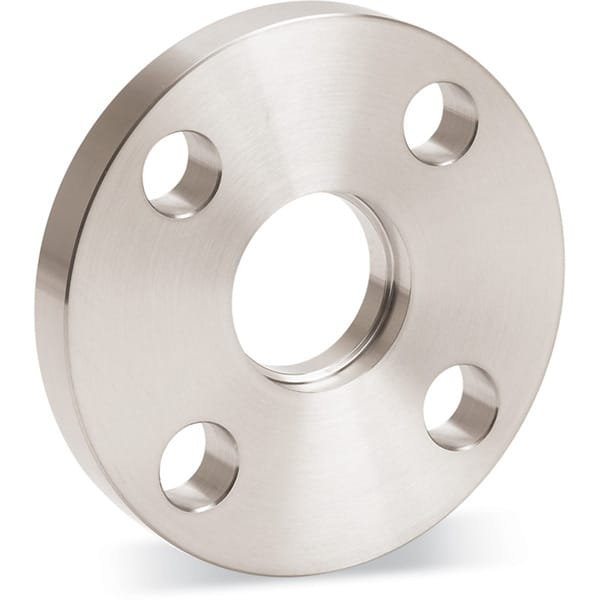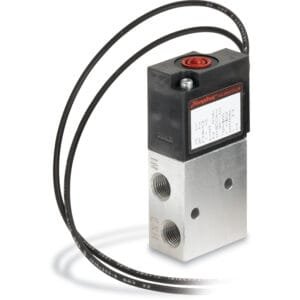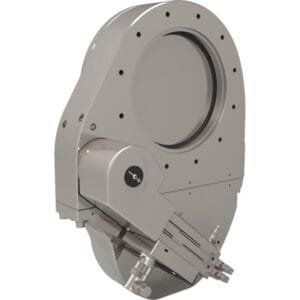ASA HV Flanges – Rotatable Flat: Precision-Mated Vacuum Interfaces with Rotational Flexibility
ASA HV Flanges – Rotatable Flat, designed and fabricated by TFM, are engineered for use in high-vacuum (HV) systems that demand robust, modular sealing interfaces. Derived from the long-established 150# steam-pipe flange standard, ASA flanges feature a sexed sealing system, with flat flanges intended to mate against grooved flanges containing o-rings. This configuration offers a clean, reliable vacuum seal via elastomeric compression.
What distinguishes the rotatable flat version is the flange’s ability to rotate freely around its hub, greatly simplifying installation by allowing precise bolt hole alignment without repositioning welded components. These flanges are crafted from 304L stainless steel, making them ideal for demanding environments that require both chemical resistance and high structural integrity.
Key Features of ASA HV Flanges – Rotatable Flat:
Smooth Vacuum-Sealing Surface
Designed to mate with a grooved ASA flange containing an o-ring, forming a secure, leak-tight joint.Rotatable Alignment Capability
Enables easy adjustment of bolt hole orientation without rotating the entire component—perfect for tight or asymmetrical assembly conditions.304L Stainless Steel Construction
Offers high strength, excellent weldability, and corrosion resistance, making these flanges suitable for cleanroom, research, and industrial applications.Sized by Nominal Pipe I.D.
ASA flanges are dimensioned by the pipe’s nominal inner diameter, with standard sizes including:
1″, 1.5″, 2″, 3″, 4″, 6″, 8″, and 10″Large Outer Diameter with Bolt Circle
ASA flanges feature oversized bolt holes arranged around a wide rim, delivering strong mechanical connections and structural durability.Operating Conditions
– Temperature Range: 0°C to 120–180°C (based on o-ring material)
– Pressure Capability: From atmosphere to ~10⁻⁷ torr or mbar
Applications:
High-vacuum chamber ports requiring bolt pattern flexibility
Vacuum system modules that demand field alignment or repositioning
Process tool connections in semiconductor and materials R&D
Adapter interfaces between static hardware and removable chamber lids
Retrofitted systems requiring reliable flat sealing surfaces with modularity
TFM also supplies rotatable grooved flanges, fixed grooved and flat flanges, ASA flange o-rings, and bolt ring assemblies, enabling complete ASA-standard vacuum system construction and maintenance.
In conclusion, ASA HV Flanges – Rotatable Flat provide a versatile, durable, and alignment-friendly sealing solution for vacuum systems utilizing sexed ASA flange architecture. Their rotatable design allows for quick, error-free assembly even in complex setups, making them an essential tool in any HV engineer’s toolkit.




Reviews
There are no reviews yet.